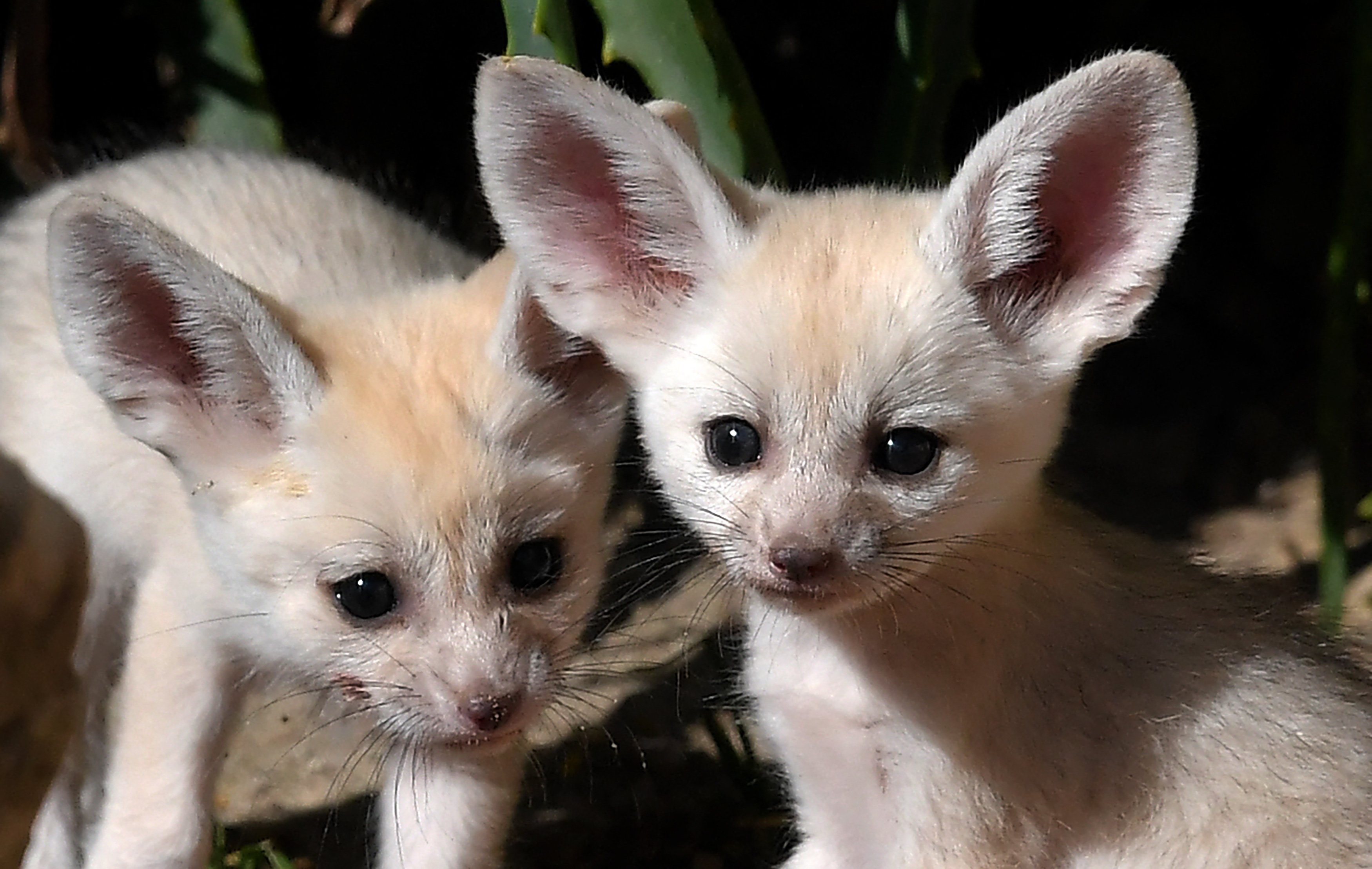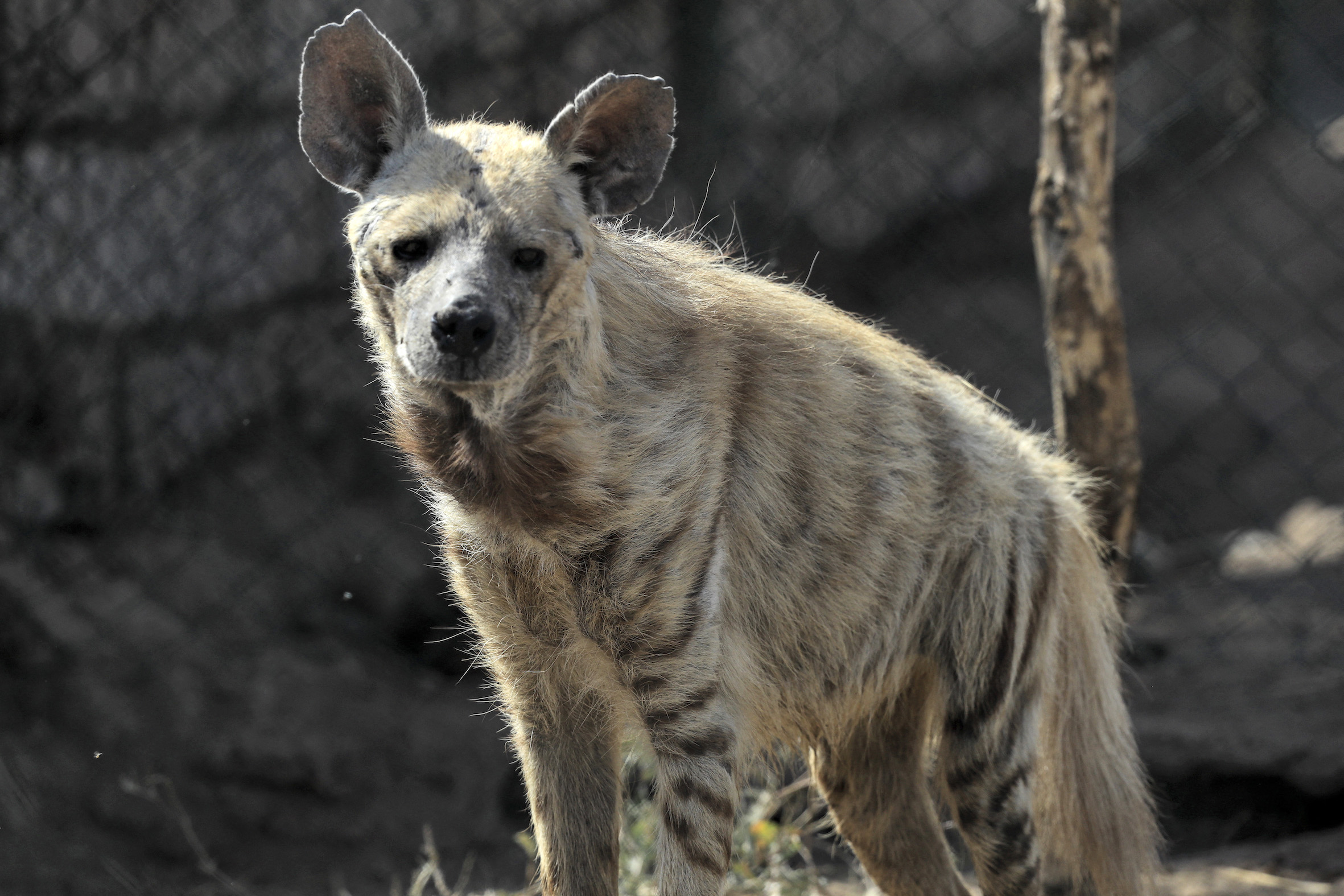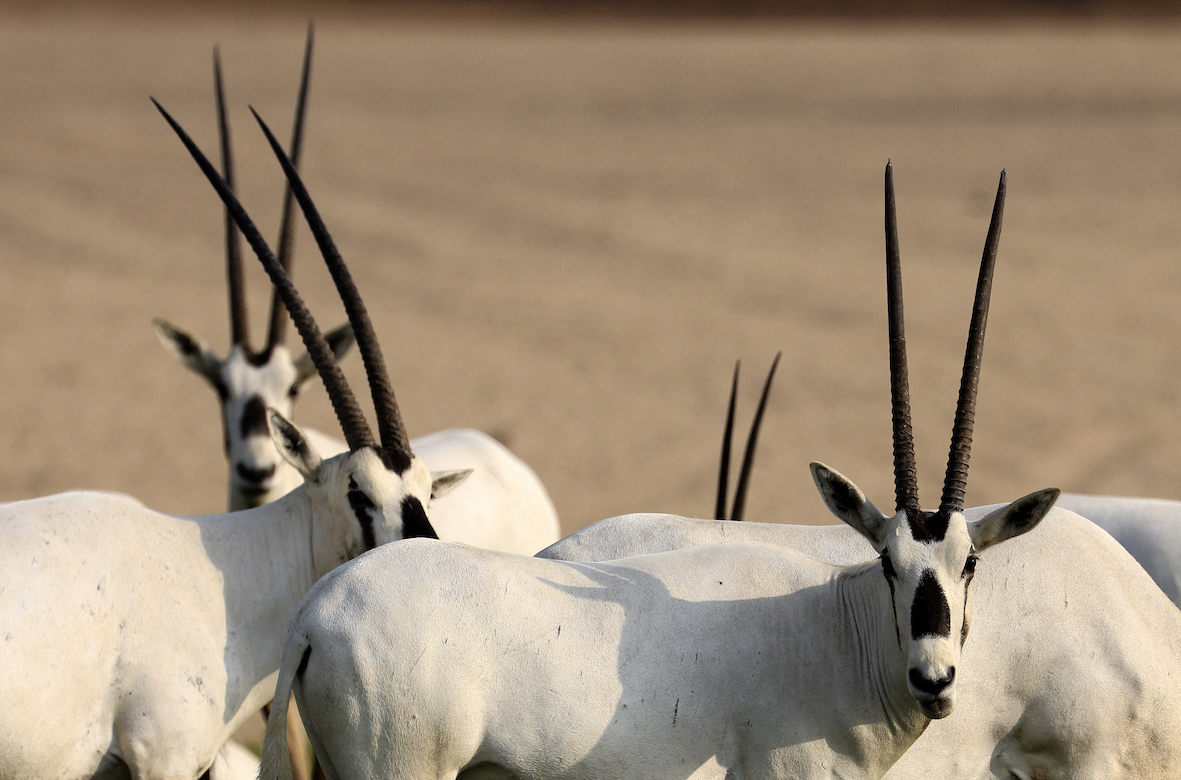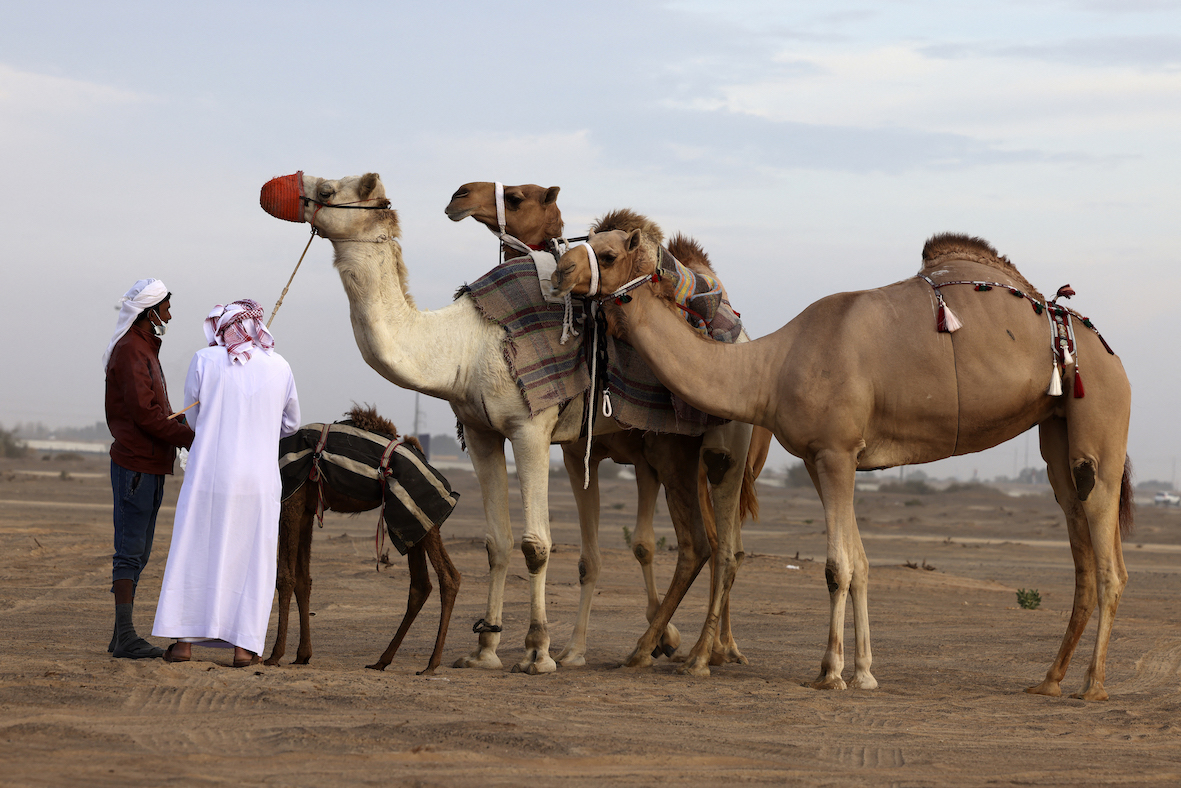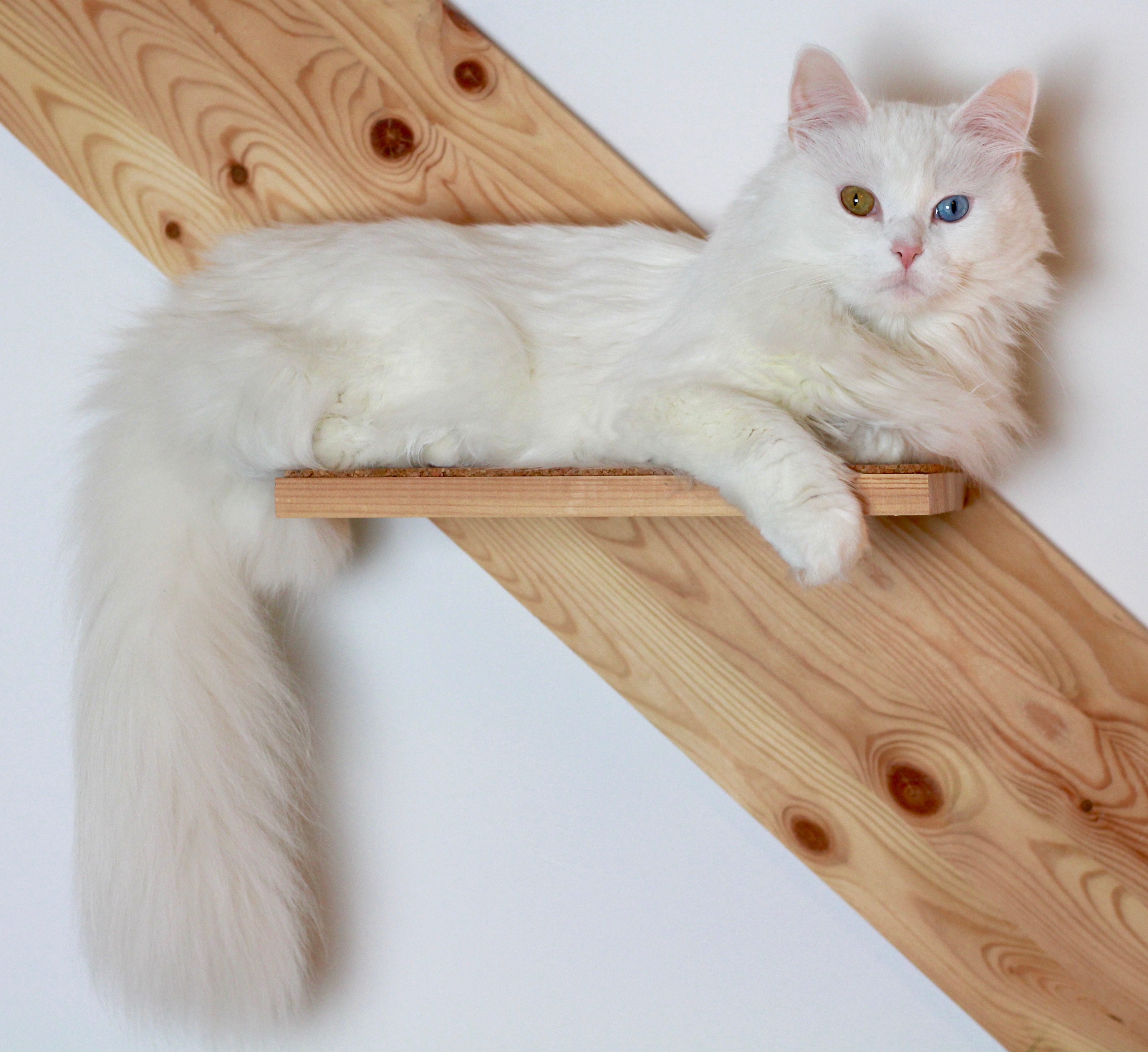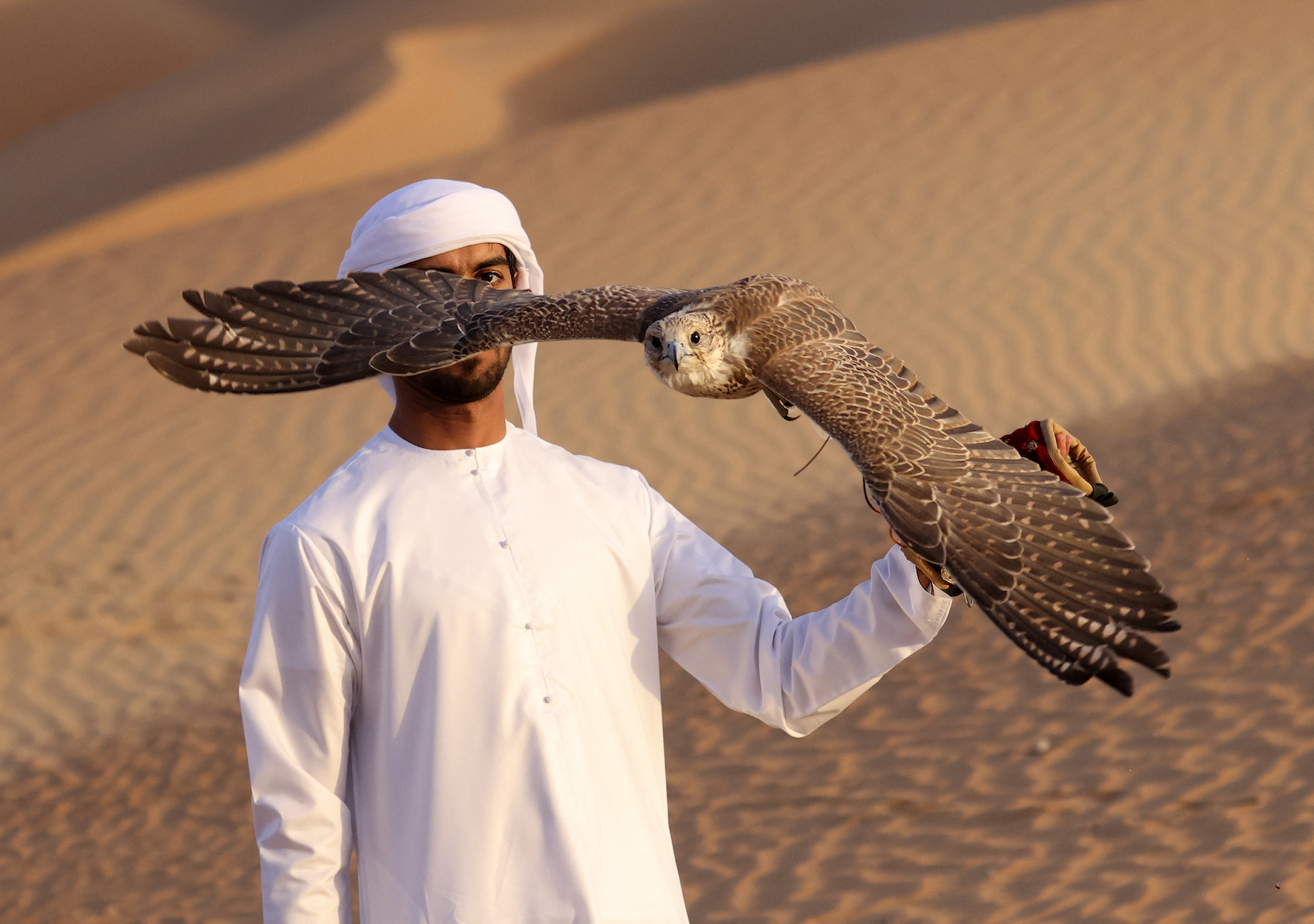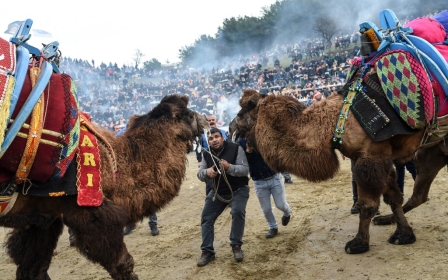Seven national animals from the Middle East and what they represent
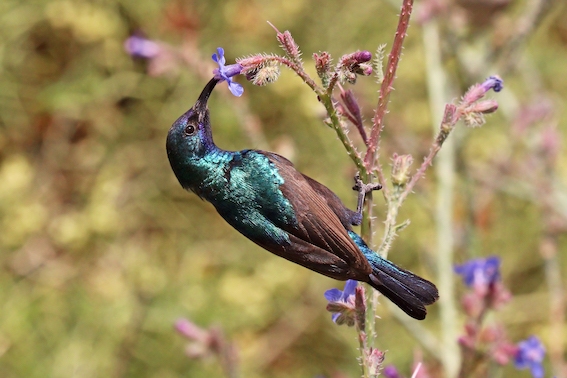
Most countries of the world have settled on a national animal, such as the United States' bald eagle or the Russian brown bear, each representing what are seen as the nation's virtues and strengths.
The iconic and globally recognised American eagle has come to represent freedom, power and authority, becoming the country's national emblem.
In the Middle East and North Africa, national animals have likewise been chosen to symbolise the country, including the desert fox, the hyena, the camel, and the falcon.
They variously represent resourcefulness, fertility, loyalty, speed and companionship.
They each feature in national iconography, sports team branding, official government documents, buildings and even currency.
Here, we take a look at seven national animals that have been adopted by countries in the Middle East and North Africa region.
1. Algeria: The fennec fox
With their small faces and comparatively huge ears, Algeria's national animal, the fennec fox, is adorably one of the smallest foxes in the world. On average, their ears measure 15cm long and are essential to help keep the desert-dwelling foxes cool in extreme heat.
The cream-coloured and furry animal weighs around 0.86 to 1.59kg and is around 20cm tall. It has a long, black-tipped tail.
Living in the desert means that this tiny animal has adapted to survive in an extreme climate. As well as using their ears to keep cool, fennec foxes appear to be the only carnivore in the Sahara desert that is able to survive without freely available water because their kidneys are adapted to conserve water as much as possible.
The foxes also have thick fur covering their feet to protect them against the scorching desert sand. The fennec fox, also dubbed the "desert fox" because of where it is typically found, spends the majority of the daylight hours hidden away in their dens or in bushes and will come out at night.
The fox predominantly eats insects, birds, plants and eggs and has extraordinary hearing to be able to locate its prey.
Although they are Algeria's national animal, they are also spotted in other parts of the North Africa region, particularly in Mauritania and northern Sinai.
Algeria's national animal features heavily in the country's football scene. Nicknames for the Algerian national football team include "Les Fennecs," "fennec foxes," "desert warriors," and "desert foxes". In 2010 an illustration of a fennec fox even appeared on the country's 2010 football jersey.
The fennec fox is legally protected in Algeria, as well as other countries such as Tunisia, Morocco and Egypt.
2. Lebanon: The striped hyena
As well as the mythical phoenix, chosen for the symbolism of its ability to be reborn from ashes, Lebanon's national animal is the striped hyena.
Unsurprisingly, striped hyenas are not exactly well-liked in Lebanon. In fact, they're often shot when they come in close proximity to humans or are hunted for sport, both of which are illegal in the country. Historically, the striped hyena was also poisoned in large numbers across Lebanon, Jordan and Syria.
Despite the fact that the animal is not a favourite amongst people, it once roamed in large quantities in the country's mountainous woodlands. In recent years, their numbers have dwindled due to hunting and habitat loss.
However, today, increased efforts are being made to conserve and protect them.
The striped hyena is also famed for its strong immune system, which allows it to eat things found in the wild, including rotting meat, without having much of an impact on it.
Wariness towards these animals is nothing new; they're frequently referenced in Middle Eastern literature and folklore, often symbolising stupidity and treachery.
According to Mounir Abi-Said, a conservation biologist and expert on the striped hyena at the Lebanese University in Beirut, parents in Lebanon have been known to frighten their children by tapping their fingernails on tables to imitate the creeping claws of a hyena, warning their children that a hyena will get them if they don't sleep.
Abi-Said also says that some people believe a hyena will use its stripes to mesmerise you before luring you to its lair and tickling you to death.
The ancient Greeks and Romans, on the other hand, were of the opinion that different parts of a striped hyena's body were effective means to ward off evil and to ensure love and fertility.
The latter belief may come from the fact that striped hyenas are monogamous animals, and the males and females of the species help one another in raising their cubs.
3. Palestine: The Palestine sunbird
The Palestine sunbird was adopted by the Palestine Authority as the national bird in 2015. Found all over the Middle East, from Syria to Saudi Arabia, this hypnotising feathered bird is given many nicknames by Palestinians, including Abu zurayk (blueish) for the iridescent blue and green feathers of the male sunbird.
Also known as the Northern Orange-tufted sunbird, it can be identified by its downturned curved beak, which it uses to get nectar from flowers, especially jasmine.
The iconic and colourful bird has come to symbolise Palestinian resistance.
Many of the bird-watching spots where Palestinians would traditionally go to observe the sunbirds in their natural habitat are now closed off to Palestinians by Israeli occupation forces.
The Palestine sunbird features heavily on a lot of items within Palestine, especially on exported products, stamps and in artwork.
One Palestinian artist, Khaled Jarrar, took inspiration from the bird, putting an illustration of the bird on passports and postage stamps. In a documentary with Al Jazeera, he said he chose the sunbird because he was "looking for something that expresses freedom".
As well as being able to distinguish between the sugar content of various flowers, Palestine's national bird is also known to sing in different sunbird dialects.
The sunbird is usually found in dry climates, and spends most of its time in woodlands, wadis, gardens and orchards. They are also frequently spotted in Oman, Saudi Arabia, Yemen as well as Lebanon and Egypt.
4. Qatar: The Arabian oryx
With its towering spear-like horns, the silhouette of the Arabian oryx is instantly recognisable.
The Arabian oryx is the national animal of multiple countries within the region including the UAE, Jordan, Bahrain, and Oman. However, Qatar maintains a special relationship with the animal, an illustration of which serves as the logo for Qatar Airways.
Additionally, in 2006, when Qatar hosted the Asian Games, the country chose an Arabian oryx, notably named Orry, to serve as their mascot.
The fate of the oryx has been put in jeopardy by hunting and loss of habitat. In the past, Bedouins of the Arabian peninsula hunted the Arabian oryx for its meat and hide. This, coupled with the rise in the availability of firearms and motorised vehicles, threatened the existence and future of the oryx.
This meant that, by the early 1970s, the Arabian oryx was extinct in the wild. However, conservation measures adopted by Qatar through a project called Operation Oryx helped reintroduce the animal into the wilderness by 1982.
The oryx remains endangered. Oman's oryx reserve was uniquely deleted from the Unesco World Heritage list in 2007 list after the government reduced the size of its reserve by 90 percent, leading to a dramatic fall in numbers.
Today, there are over 1,000 wild oryx roaming free in the desserts of the Arabian Peninsula.
5. Saudi Arabia: The dromedary camel
Coming as no surprise, Saudi Arabia's chosen national animal is the dromedary, otherwise known as the Arabian camel.
From camel beauty pageants to the art of camel shearing, the animal is highly regarded in the country and has a long history.
In 2018, a series of camel carvings found in rocks in Saudi Arabia were discovered, believed to be the oldest large-scale animal reliefs in the world, with researchers estimating they were created between 2,000 and 8,000 years ago.
Camels have long been central to nomadic tribes in the region, with the animal, which is native to the Arabian Peninsula, being flawlessly adapted to survive the harsh climate of the arid desert.
These single-humped camels, distinguishable from their double-humped relatives, the Bactrian camel, are able to store a staggering 80 percent fat in their single hump which breaks down into water and energy, perfect in allowing them to walk immense distances while avoiding fatigue.
Considering dromedaries are able to travel up to 150km in the desert without water, it's no surprise that they have been used as a mode of transport for hundreds of years.
Arabian camels have had a deep-rooted relationship with Saudi Arabia and its inhabitants for centuries. The camels have been domesticated and used to carry heavy loads across long distances, as well as being used for their meat and milk.
While crossing the desert, some riders would recite poetry or sing songs while on the back of the camels to keep them occupied and alert.
Today, camel racing is a much loved and valued sport in the country.
6. Turkey: The Turkish angora
Sometimes referred to as the Ankara cat, one of Turkey's national animals is the Turkish angora. This feline with its long silky coat is known for being one of the ancient natural breeds of cat.
The Turkish angora often has heterochromia, meaning that some of these cats have different coloured eyes.
In the 20th century, Persian breeders started using Turkish angoras as part of a breeding programme that threatened some of the cat’s most coveted characteristics.
However, the breed was preserved thanks to Turkey's Ataturk farm and zoo, which started a breeding programme of its own. Notably, the zoo particularly prized odd-eyed specimens.
The angora is especially playful and intelligent. They're known to bond with humans, and will often select one particular person to be their constant companion and be exceptionally protective towards.
Disney even featured a Turkish angora named Duchess as the protagonist of its 1970s animated feature film The Aristocats.
The grey wolf and the Kangal shepherd dog are also national animals of Turkey.
7. UAE: The peregrine falcon
Renowned for its speed, the national animal of the UAE, the regal peregrine falcon, can reach over 300kph, making it the fastest bird as well as the fastest member of the animal kingdom.
In the UAE these birds can be found on the faces of buildings, government-issued documents and on the nation’s currency.
Nationally, the peregrine falcon is considered to be a symbol of the country's strength and heritage.
Falcons are the only animals in the UAE that are legally permitted to travel on planes as passengers rather than as cargo. However, they can travel only in business or first class.
Additionally, all travelling falcons are required to have their own passport to ensure that they're not illegally traded.
The region has always had a special bond with falcons. Early desert bedouins who subsisted on a meagre diet of dates, milk, and bread, quickly established a unique relationship with the birds in order to feed their families more efficiently.
Remarkably, falcons can be trained to deliver prey to their owners without killing or eating any part of it. This is vital for Muslims, as all animals used as food must be alive before they are prepared for consumption to ensure that the meat is halal.
Middle East Eye propose une couverture et une analyse indépendantes et incomparables du Moyen-Orient, de l’Afrique du Nord et d’autres régions du monde. Pour en savoir plus sur la reprise de ce contenu et les frais qui s’appliquent, veuillez remplir ce formulaire [en anglais]. Pour en savoir plus sur MEE, cliquez ici [en anglais].


